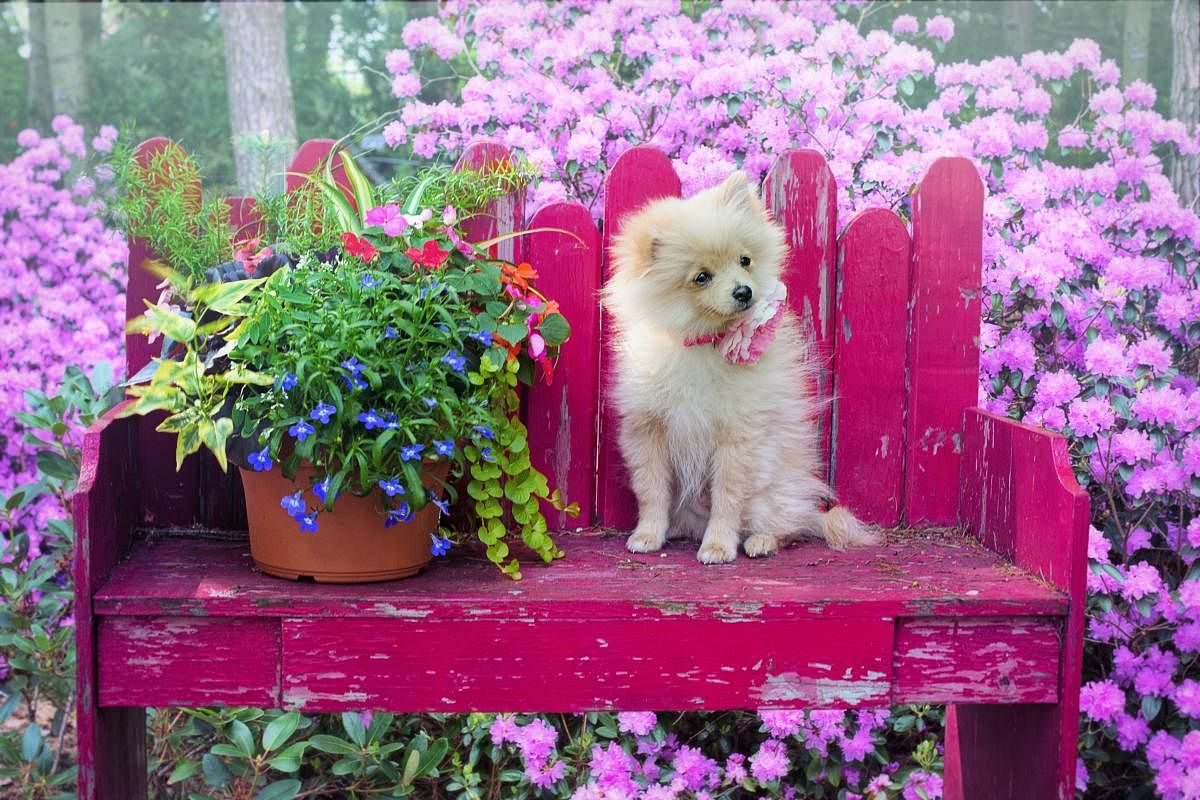
The media is notorious for propagating stereotypes — of people, places and even pets. And one such stereotype is about breeds of pets, especially dogs. Some breeds, like Labrador Retrievers and Golden Retrievers, are often portrayed as saintly and family-friendly, while Dobermanns, Pitbulls and German Shepherds are shown as fierce guard dogs that can bite if need be. Some cities in the world have also banned ownership of certain breeds deemed ‘dangerous’. Popular movies and TV shows that involve pets as characters have taken these depictions a step further — not only have they attributed certain traits to breeds but have made some breeds extremely popular.
When humans began tinkering with nature and created some of the pet breeds that we see today, they reasoned they were meant for special purposes. They bred retrievers from the native dogs of Newfoundland, which are now extinct, to retrieve hunted waterfowl. Beagles were created from other scent hounds to specifically hunt rabbits, and herding dogs like German Shepherds and Collies were bred to help with herds of sheep. Over the last century, as machines and industrial-scale food production replaced hunting and herding, these breeds spent their lives as homebound pets, languishing on our couches and playing a game of fetch in the park! Their breed-specific instincts have since rarely been put to use.
The media then played a vital role in turning some of these breeds fashionable to own: mostly for their looks. In the 1943 classic Lassie Come Home, a Collie played the titular character Lassie, and Collies sold like hot cakes. The 1959 Disney animated movie The Shaggy Dog skyrocketed the popularity of Old English Sheepdogs, so much so that, following the release, the American Kennel Club saw a 100-fold increase in Old English Sheepdog registrations. In recent years, a mobile phone service provider’s advertisement featuring a Pug made the breed very popular in India. The TV show Game of Thrones, which featured Siberian Huskies as extinct dire wolves, made people go so crazy about these Arctic dogs that they were bought all over the world, including in tropical countries that experience sweltering summers.
Tea-cup breeds
The rise to stardom, unfortunately, came with a cost for these dogs, for no fault of theirs. Studies show the most popular breeds have the highest number of inherited disorders, affecting their physical health and well-being. Besides, the more rapidly puppy registrations for a breed increased, the faster their exclusivity declined. Dogs that were no longer ‘haute couture’ in people’s minds made their way to shelters or were abandoned in swathes, either because their owners realised the pangs of owning them, or they moved on to the next ‘hot’ breed in the market. That pattern continues even to this day.
Currently, the most popular dogs on Instagram and TikTok are tea-cup Pomeranians, Pugs and French Bulldogs — all of which are ‘malformed’ in human parlance. Tea-cup breeds, like Pomeranians, Chihuahuas and Yorkies are tiny dogs, weighing a couple of kilograms, typically created by inbreeding runts (smallest and weakest) of the litter or stunting the puppies’ growth by malnourishing them. As they grow into adults, these tea-cup breeds are prone to gaining weight and having issues with their gastrointestinal tract and fragile bones. Flat-faced breeds (aka brachycephalic breeds), like Pugs and Frenchies, have constricted airways that make it difficult for them to breathe, and are at high risk of developing heart-related disorders, slipping kneecaps, and eye and skin-fold infections. Studies show that flat-faced breeds are, in general, less healthy compared to their normal-looking counterparts.
Behaviour is another oft-cited reason for people to pick a breed of pet they want to own. Some breeds are assumed to have certain behavioural traits and temperaments. However, a recent study, published in a leading scientific journal, shattered that belief. It found dog breeds do not affect an individual dog’s personality as it is shaped by many factors including its environment. In fact, a mere nine per cent variation in a dog’s behaviour could be attributed to its breed! In the evolutionary scale of time, it takes more than three centuries to shape behaviour, so tinkering with just looks and selecting some traits do not make certain behaviours unique to a breed.
I would argue that all pets, irrespective of their breed, are good bois and gals when nurtured in an environment where they can thrive, with guardians who understand their needs.
Just like any of us, our pets live a long, fulfilling life when their needs are understood and appreciated. But, if you still want to pick a breed, then ‘rescue’ is the best one!
Tailspin is your monthly column on everything that’s heartwarming and annoying about pet parenting.
The writer is a science communicator and mom to Pippi, a five-year-old rescued Indie, who is behind her drive to understand dogs better. She tweets @RamanSpoorthy